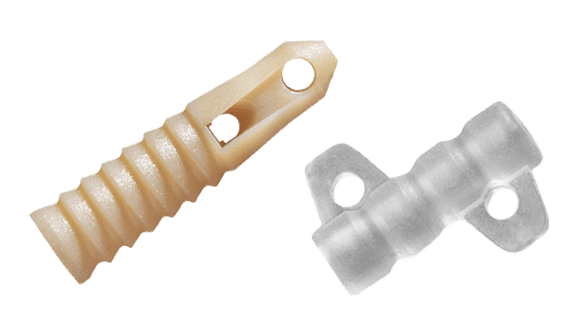Overview
Liquid Silicone Rubber (LSR) Molding is an affordable solution for prototyping, functional testing, product demonstrations and short-run production. Traditional injection molds used to produce LSR parts are often expensive for low-volume production. Polyjet 3D printing technology provides a cost-effective alternative when LSR molding as reliable, low-volume molds can be produced in the same day.

Advantage
3D printing is able to streamline the most time-consuming part of the process – making the patterns. With PolyJet-based 3D printing technology, you can create the silicone mold patterns reducing the process from a few weeks to a few hours. Improving speed does not mean decreasing quality as the accuracy of the molds is kept due to the high-resolution capability of Polyjet. Even extremely complex or intricate patterns do not add time or costs to the design process with 3D printing. The resulting patterns have smooth surfaces and are mold-ready, incorporating tight tolerances and fine details that are easily transferred to the urethane castings.
Process
Molds are made by pouring liquid silicone rubber over a pattern. The resulting firm but flexible mold can reproduce extremely complex geometry and intricate detail with tight tolerances. The molding process uses urethane thermoset materials that are available with mechanical, thermal, and electrical properties. The resulting parts created with Polyjet molds exhibit characteristics of mass-production, molded parts with subtle details and precision accuracy. LSR molding is ideal for functional testing and applications producing under 100 parts in volume, making it the perfect alternative to conventional techniques.